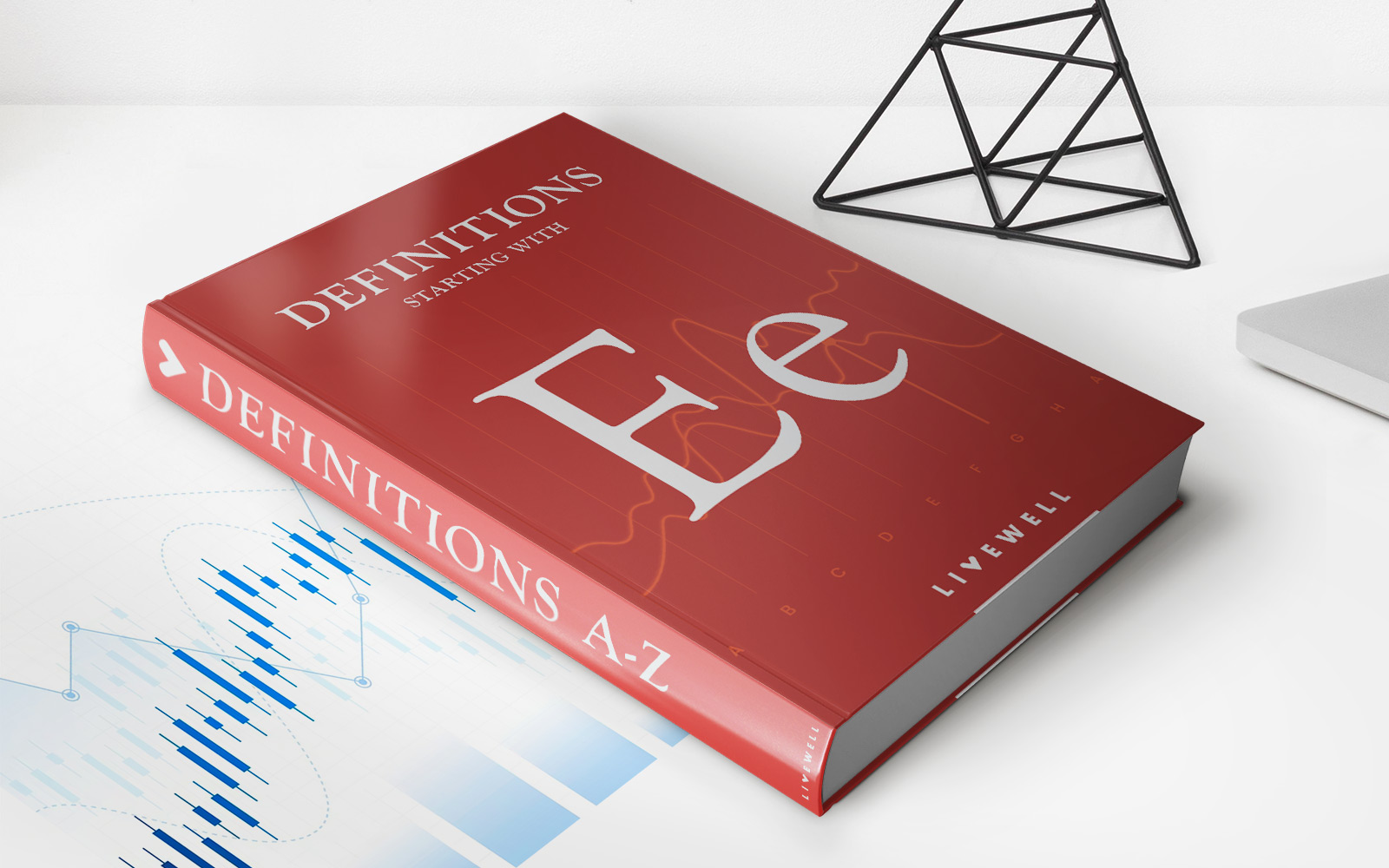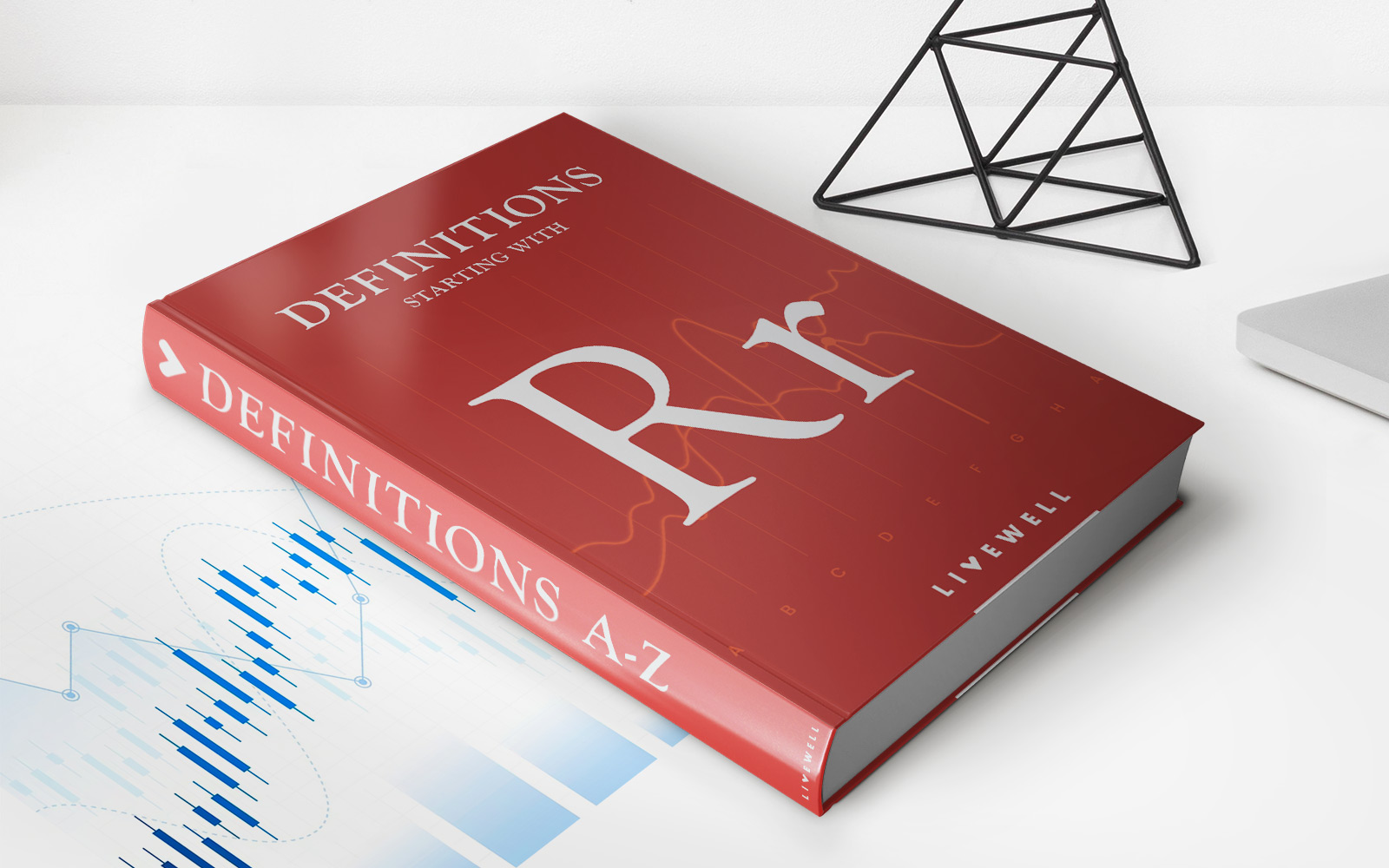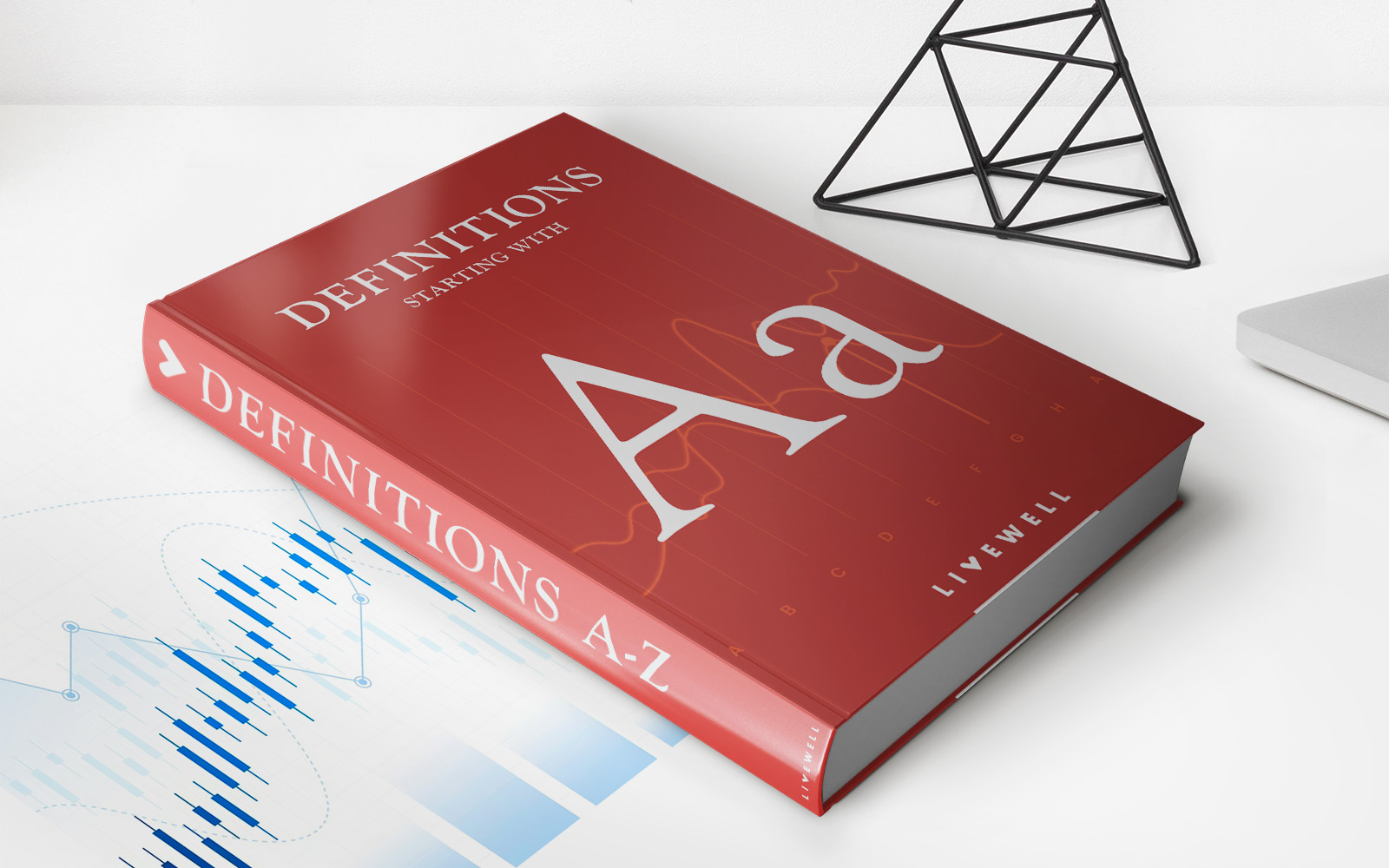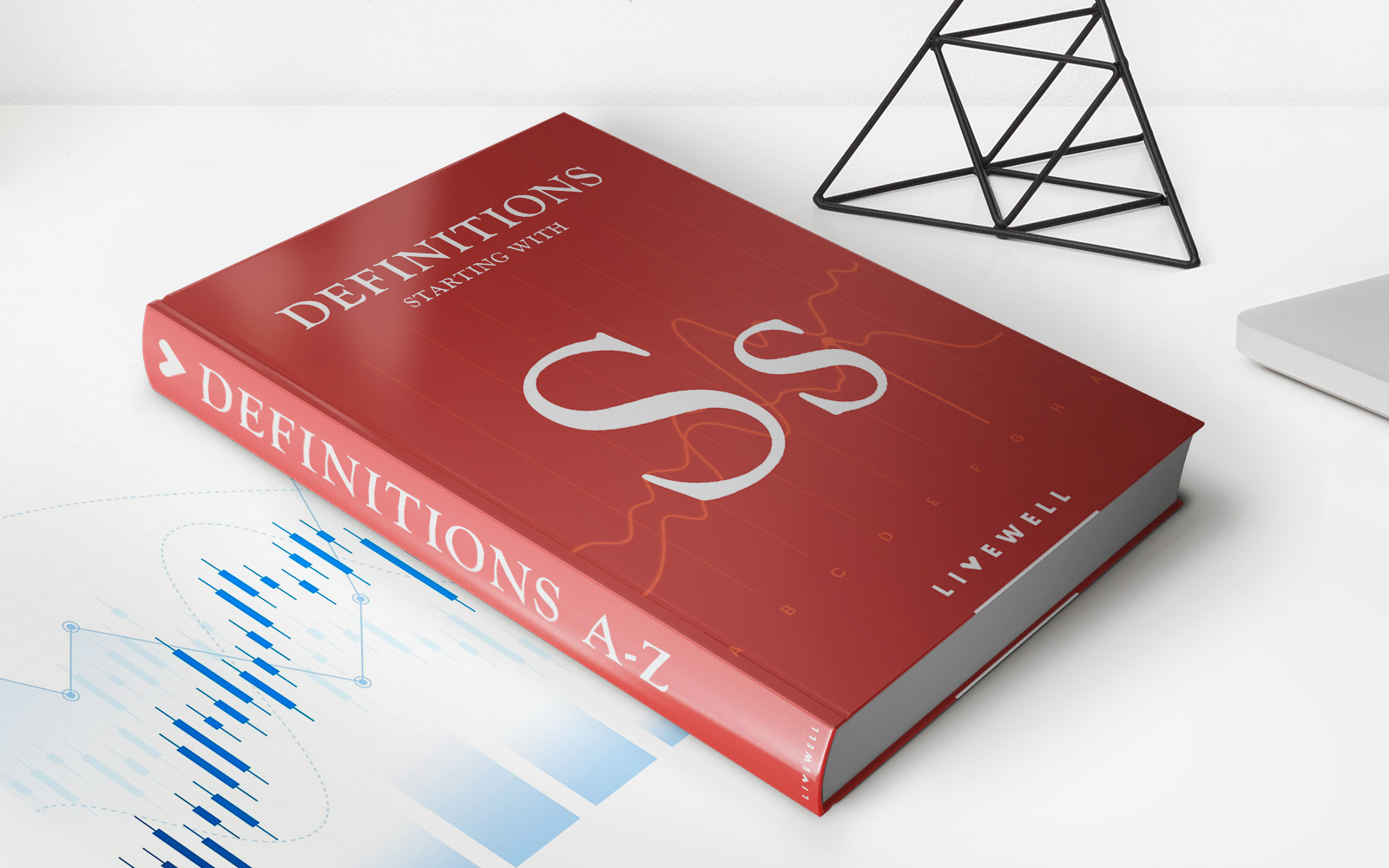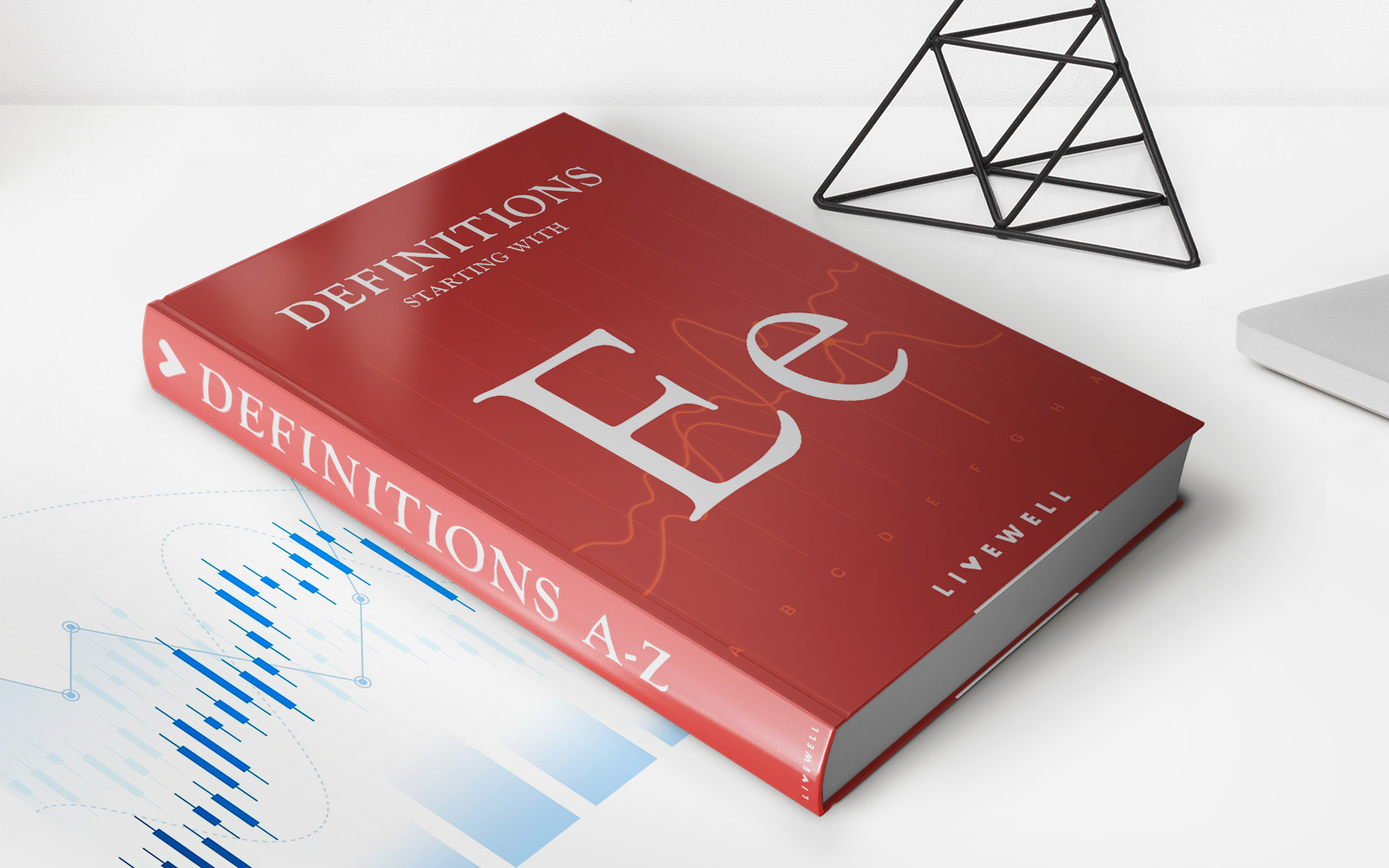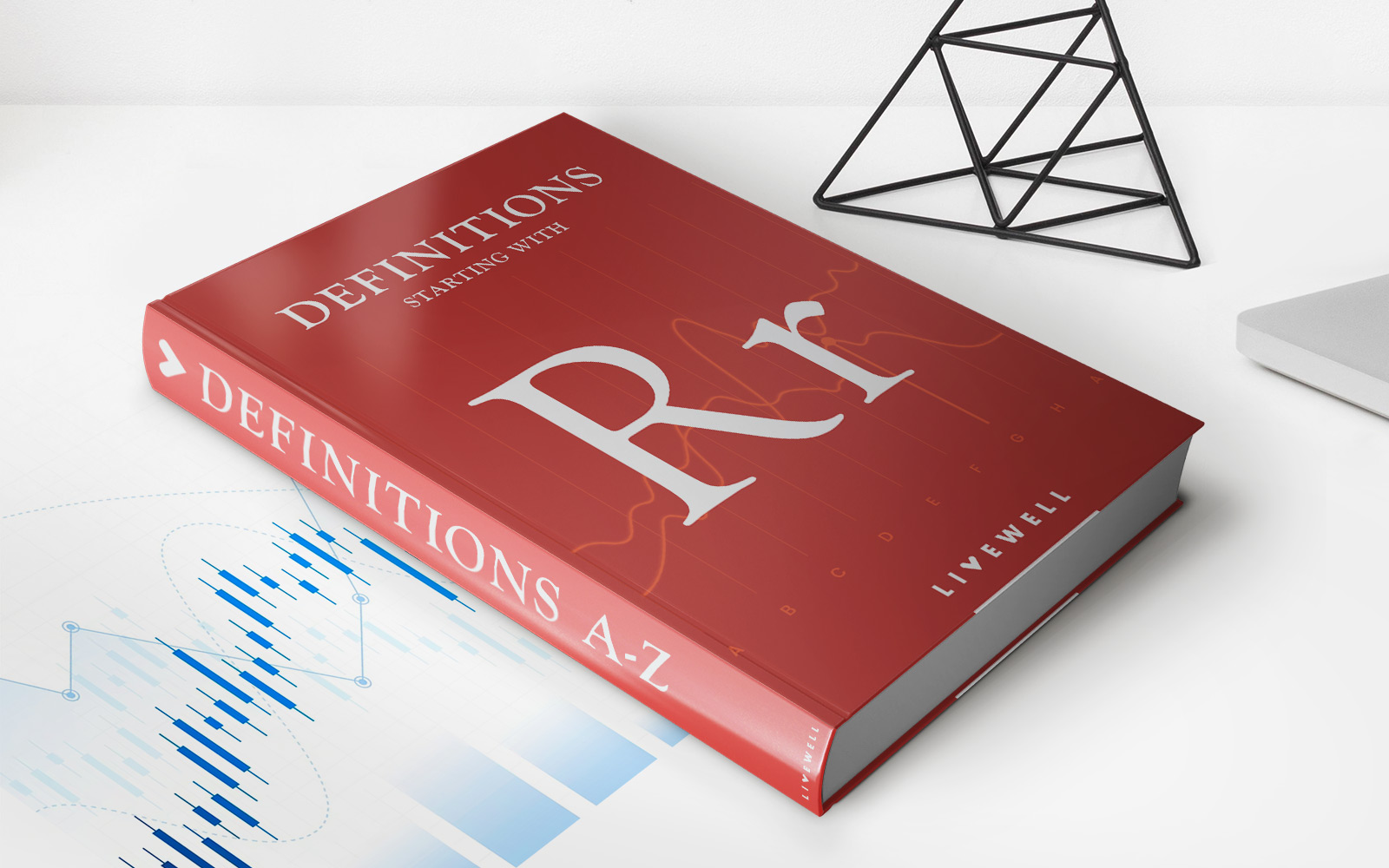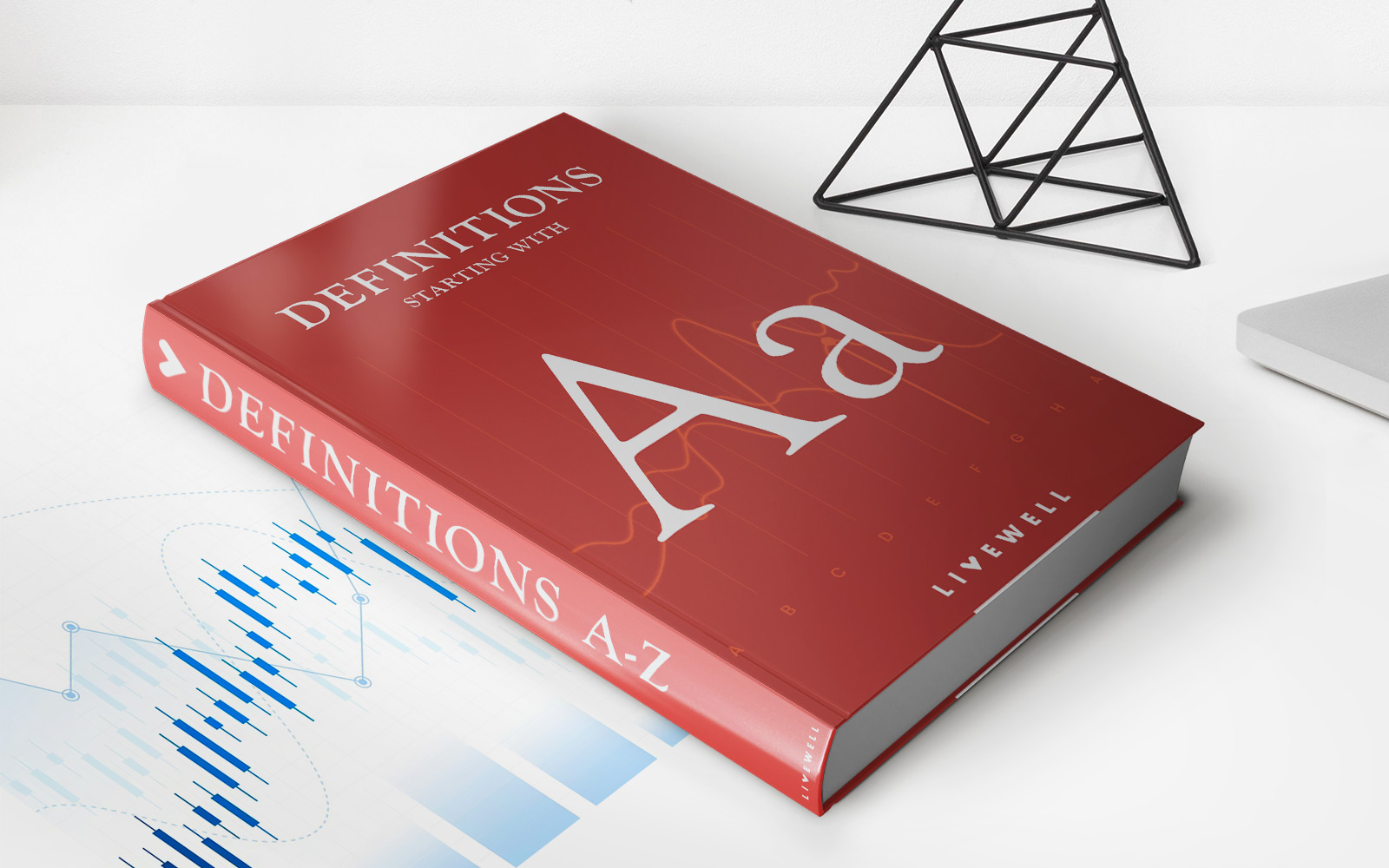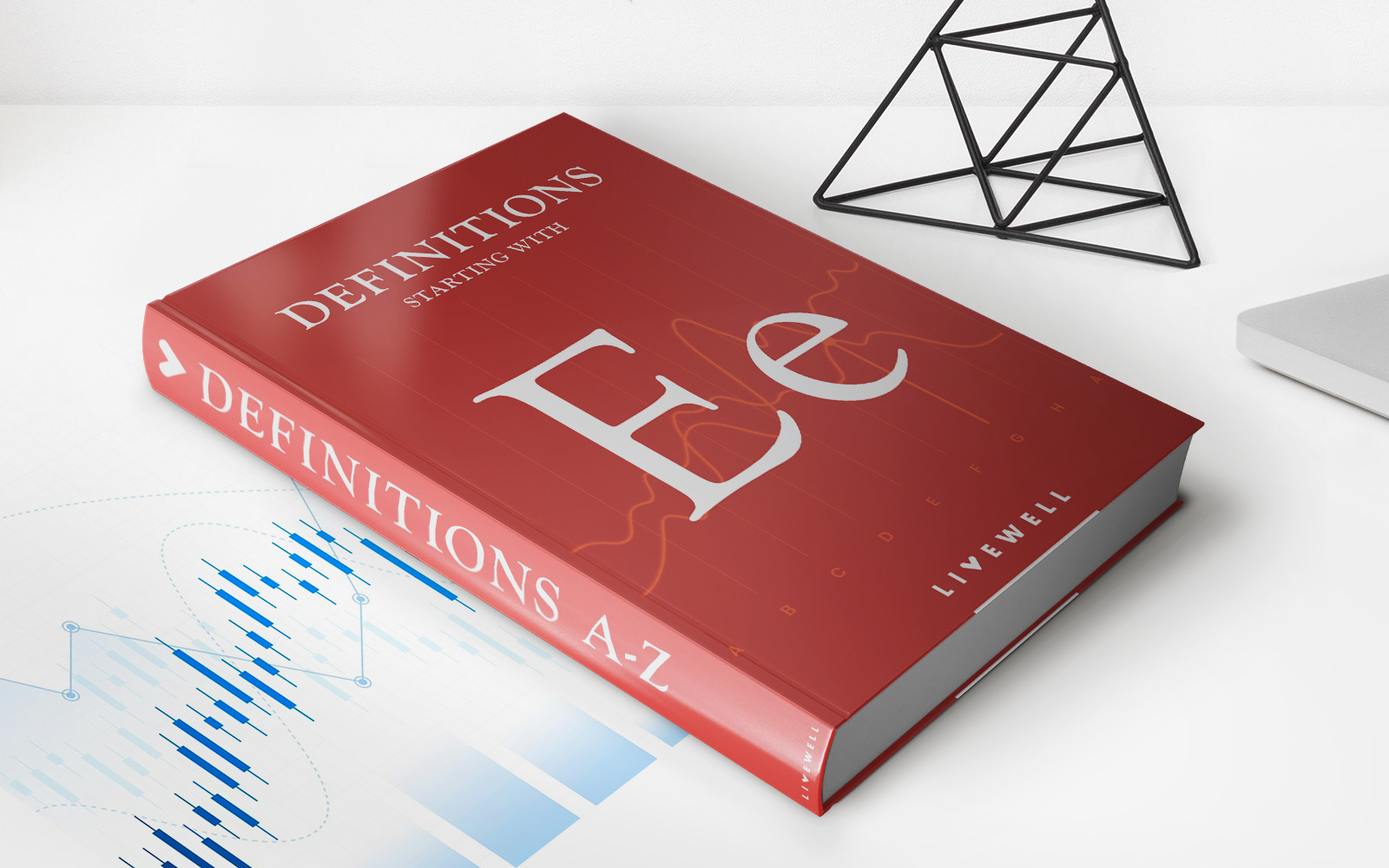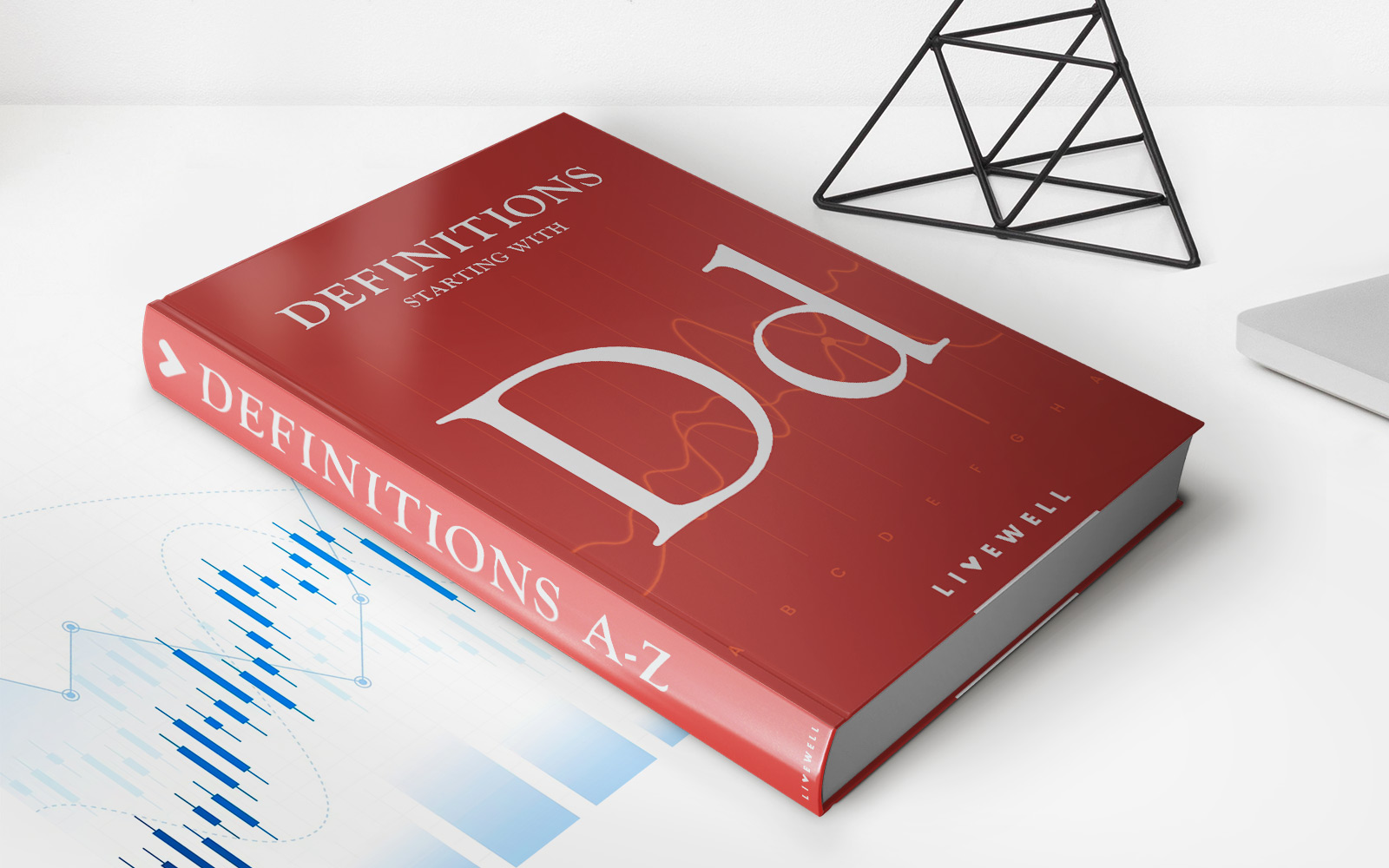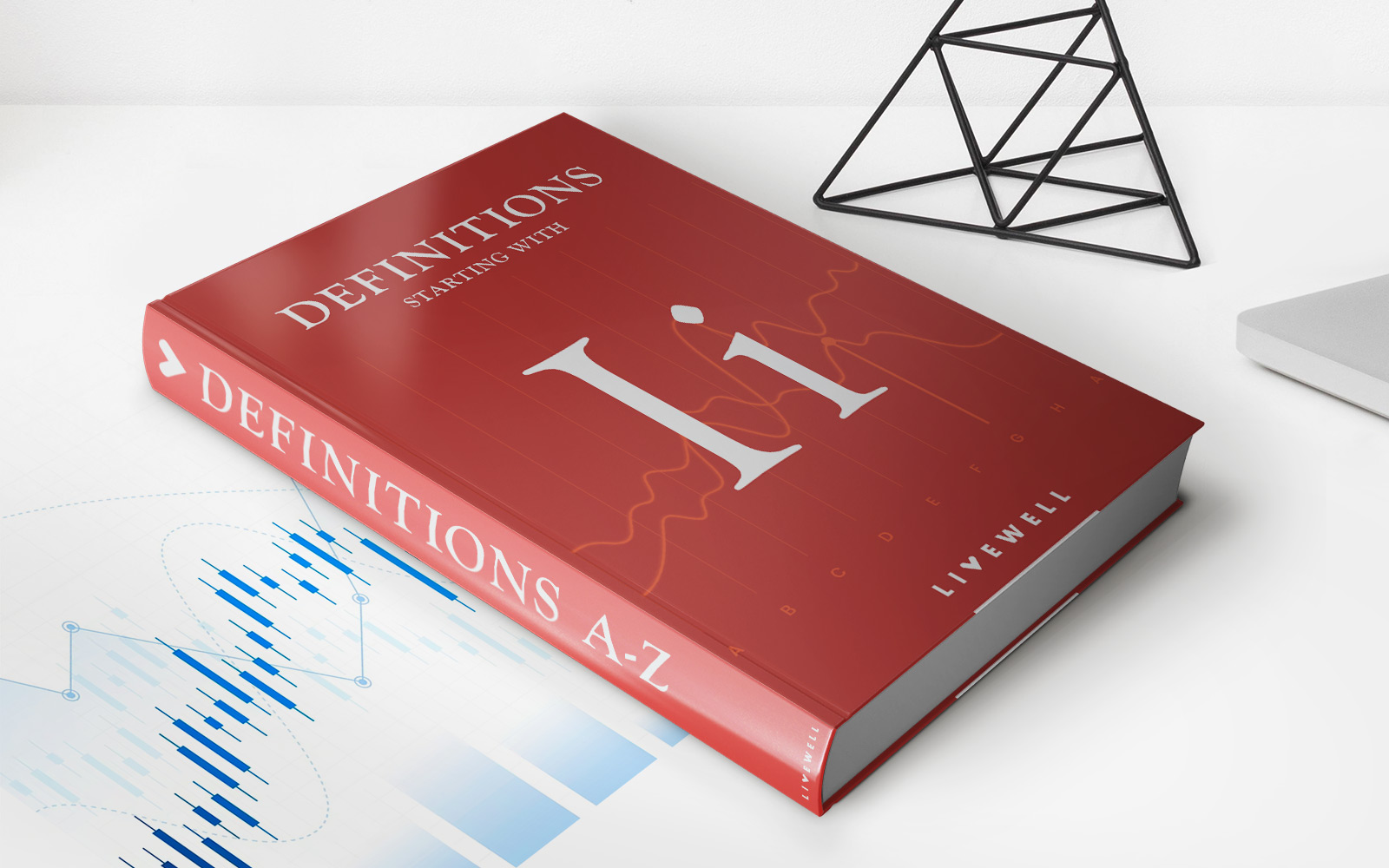

Finance
Biased Expectations Theory Definition
Published: October 15, 2023
Get a clear understanding of Biased Expectations Theory in finance. Learn how this theory shapes investors' predictions and affects financial markets.
(Many of the links in this article redirect to a specific reviewed product. Your purchase of these products through affiliate links helps to generate commission for LiveWell, at no extra cost. Learn more)
Understanding Biased Expectations Theory: Exploring the World of Finance
Welcome to our “Finance” blog category, where we dive deep into various financial concepts and theories. In this article, we will explore the fascinating world of Biased Expectations Theory, a concept that plays a significant role in the realm of finance and investment decision-making. But what exactly is Biased Expectations Theory, and how does it affect our financial decisions?
What is Biased Expectations Theory?
Biased Expectations Theory, also known as the Preferred Habitat Theory, is a concept within the domain of fixed income securities. It suggests that investors have a natural preference for certain maturity ranges when investing in bonds or other debt securities. These preferences are based on their individual expectations of future interest rates.
According to this theory, investors tend to anticipate future changes in interest rates in a biased manner. They form their expectations based on their personal biases, rather than relying solely on market data or economic fundamentals. This bias can be influenced by factors such as previous experiences, opinions, or even emotions. As a result, investors may prefer to invest in bonds with specific maturity dates that align with their biased expectations.
Key Takeaways:
- Biased Expectations Theory is a concept within the fixed income securities realm.
- Investors form their expectations of future interest rates based on personal biases, rather than relying solely on market data or economic fundamentals.
Implications of Biased Expectations Theory
The Biased Expectations Theory has significant implications for investors and financial markets. Let’s take a closer look at a few key implications of this theory:
- Impact on Bond Yields: Investors with biased expectations of future interest rates may demand higher yields for bonds that do not align with their preferences. This preference for certain maturity ranges can influence the price and yield of bonds, potentially leading to deviations from the theoretical fair value.
- Market Inefficiencies: Biased expectations can introduce market inefficiencies, as investors’ preferences may lead to imbalances in demand and supply within different maturity ranges. This can create opportunities for astute investors to exploit such inefficiencies and potentially earn abnormal returns.
- Importance of Investor Sentiment: Biased expectations highlight the significance of investor sentiment in driving market movements. If a significant number of investors share a similar bias towards certain maturity ranges, it can influence the overall direction of interest rates in the short term, irrespective of underlying economic factors.
Conclusion
Biased Expectations Theory offers valuable insights into how investors form expectations of future interest rates and choose investments accordingly. By recognizing the impact of biases, financial professionals can better understand market dynamics and identify potential opportunities within the fixed income securities market.
As an investor or finance enthusiast, it is important to be aware of our own biases and understand the potential implications they may have on our investment decisions. By critically evaluating our expectations and considering a broader range of market indicators, we can aim to make more informed and potentially profitable investment choices.
